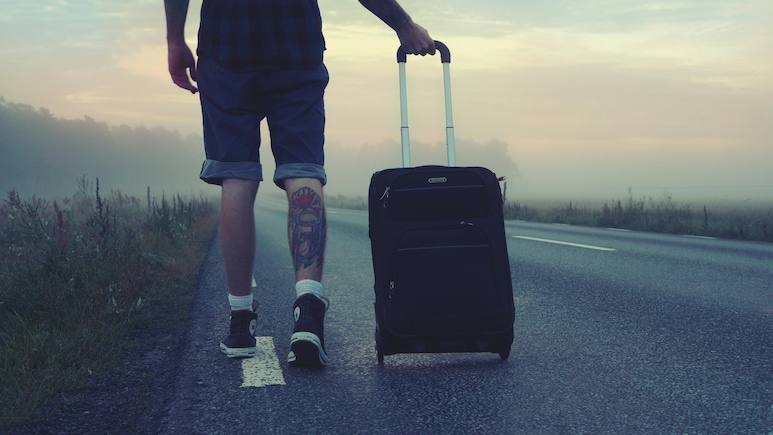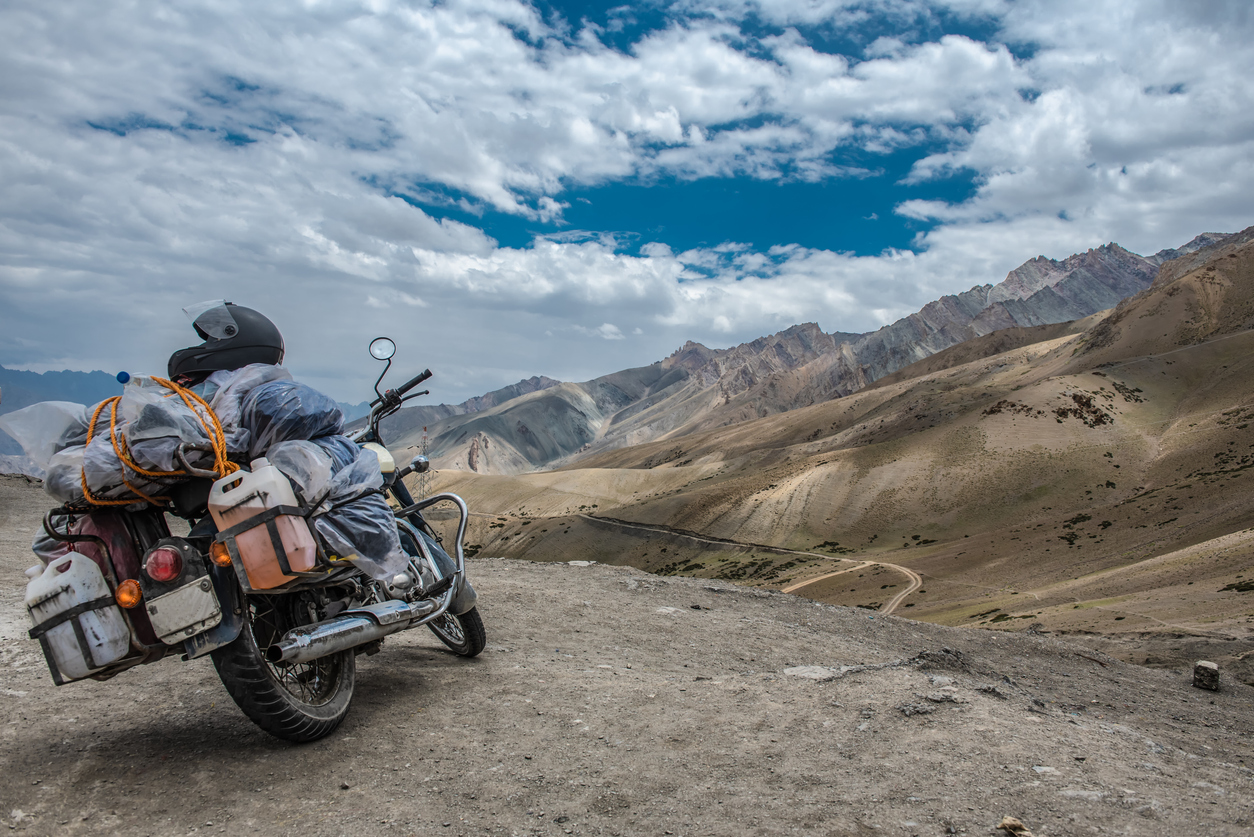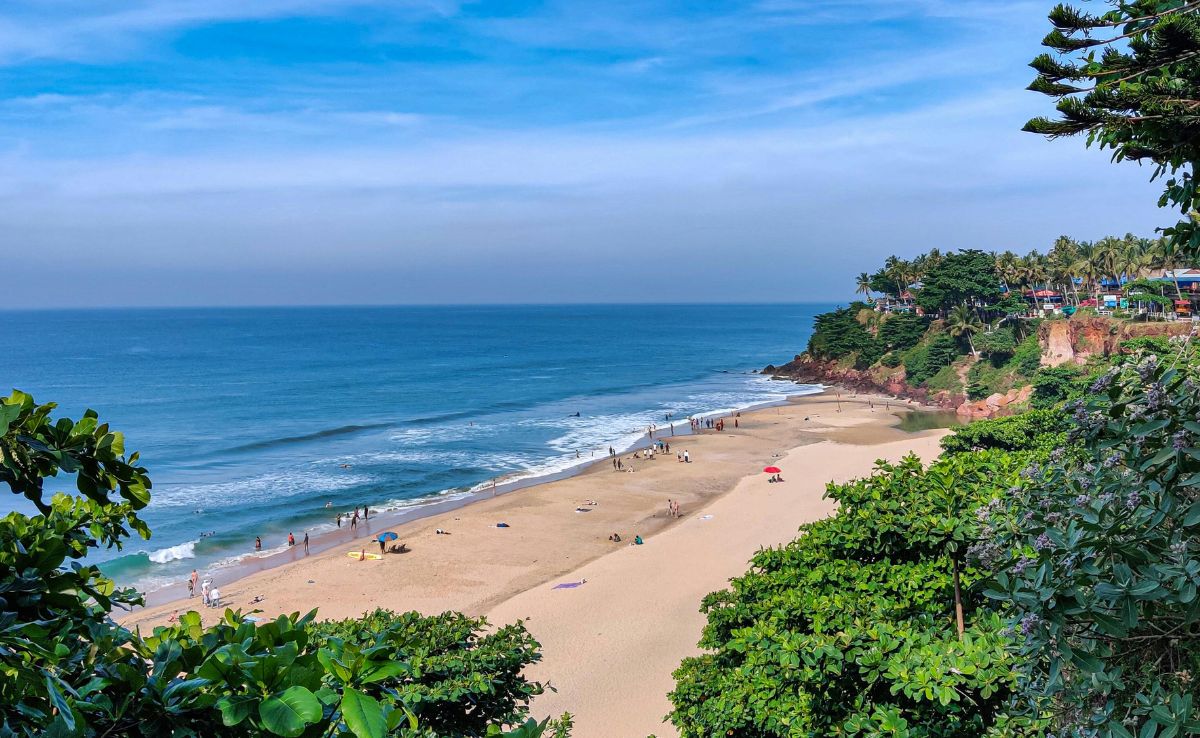
- Know the risk zones of your travel destination using reliable sources and advisories
- Choose travel insurance that covers natural disasters and related emergencies
- Save local emergency contacts, hospitals, and embassy details on your phone
Travelling is all about new experiences. Witnessing sunsets in the hills, exploring street food in hidden lanes, and creating memories that stay with you long after the trip ends. But sometimes, nature has a plot twist. A sudden flood, an earthquake, a cyclone or heavy rain and landslide can turn a peaceful getaway into a moment of uncertainty. And while no one plans to be caught in a natural disaster, it is always better to know what to do if it happens. Whether you are trekking in Himachal Pradesh, lounging in the Andamans, or exploring a foreign city, being prepared can make all the difference.
Knowing where to go, what to carry, and how to stay calm can help you navigate unexpected situations safely. Because in those crucial moments, it is not just about survival, it is about presence of mind, quick decisions, and staying connected.
Also Read: Flying Overseas For First Time? Follow This Guide To Be Prepared
Before You Travel: Prepare For The Unknown
Disaster readiness does not begin when the storm hits. It begins before you even pack your bags. Whether you are heading to the hills, the coast, or a foreign city, a few thoughtful steps can make all the difference if things take an unexpected turn. Here is how to prepare smartly before your trip:
1. Know The Risk Zones Of Your Destination:
Every region has its own climate patterns and vulnerabilities. So, before you go, do a quick check on:
- Is your destination prone to floods during monsoon, landslides in hilly terrain, or cyclones along the coast?
- Are there earthquake zones or volcanic regions nearby?
Check reliable sources like the IMD (India Meteorological Department), local tourism boards, and weather apps for alerts and seasonal risks. And if travelling abroad, consult the Ministry of External Affairs or the destination's embassy website for safety advisories.
2. Choose The Right Travel Insurance:
Having a good insurance plan help you travel with a peace of mind. But not all travel insurance plans cover natural disasters. So,
- Look for policies that include trip cancellations, medical emergencies, evacuation costs, and accommodation disruptions due to disasters.
- If you are travelling to remote or high-risk areas, consider add-ons for adventure travel or extended stays.
3. Save Emergency Contacts:
In a crisis, apps like Google Maps, Red Cross Emergency, or offline contact managers can be useful backups. Also, save local emergency numbers, nearest hospital contacts, embassy or consulate details, and hotel reception numbers in your phone.
4. Pack Mini Emergency Kit:
- Include basic medicines like painkillers, antihistamines, ORS, a torch, power bank, snacks, water bottle, and ID copies.
- Add a small first-aid kit with band-aids, antiseptic, and any personal medication.
- A whistle, multi-tool, or emergency blanket can be useful in extreme conditions.
5. Share Your Itinerary:
Let someone know where you are going and when. In case of a disaster, this helps authorities and loved ones locate you faster.
- Share your flight details, hotel bookings, and local transport plans with a trusted friend or family member.
- Check in regularly, especially if you are travelling solo or off-grid.
Also Read: How To Travel Smoothly On An Island: 7 Easy Tips For A Hassle-Free Holiday

Photo Credit: Pexels
What To Do If You Are Outdoors During A Natural Disaster?
Being outdoors when a natural disaster strike can feel overwhelming. Whether you are sightseeing, trekking, or simply walking to your hotel, the lack of shelter and sudden chaos can be disorienting. But staying calm and acting quickly can help you stay safe. Here is what to do:
1. Find Shelter Quickly:
Your first priority is to get under cover.
- Avoid standing near trees, electric poles, hoardings, or glass structures, as they can collapse or shatter.
- Look for a sturdy building, underground metro station, or even a parked vehicle if it feels safe.
- If you are in a market or crowded area, move towards concrete structures and avoid narrow lanes.
2. Lie Flat If Exposed:
If there is no shelter nearby and danger is imminent, like strong winds and tremors, lie flat on the ground and cover your head and neck with your arms. This position reduces your exposure and protects vital areas from injury.
3. Move Away From Water Bodies:
- If you are near a river, lake, or coastline, move to higher ground immediately. It is because floods and tsunamis can rise rapidly, and even shallow water can sweep you off your feet.
- If you are in a beach town or island destination, ask locals about evacuation routes and safe zones.
4. Watch For Falling Debris:
Stay alert to your surroundings and look up and around for loose signboards, tiles, tree branches, or construction material. Also, avoid walking near old buildings, scaffolding, or walls with visible cracks because, aftershocks or strong winds can cause delayed damage.
5. Do Not Run Blindly:
Panic can lead to poor decisions and running without direction can lead you into more danger. So,
- Take a moment to assess your surroundings.
- Look for safe exits, avoid crowds, and move steadily.
- If you are with others, stay together and help each other navigate.]
Also Read: Slow Travel vs City Break: Which Style Of Travel Actually Feels Like A Vacation

Photo Credit: UnSplash
What To Do If You Are Driving During A Natural Disaster?
Driving during a natural disaster can be one of the most disorienting experiences as visibility drops, roads flood, and panic sets in. Whether you are on a highway, in a hill station, or navigating city traffic, knowing how to respond calmly can protect you and others on the road. Here is what to do:
1. Pull Over Safely:
As soon as you sense danger, find a safe spot to pull over. choose an open area or a parking lot if available, and avoid sharp turns or slopes and shelters under tree. Your goal is to stop in a place where nothing can fall on or hit your vehicle.
2. Stay Inside The Vehicle:
Once parked, stay inside unless the car itself becomes unsafe. Also, keep seatbelts fastened and windows rolled up to protect against flying debris or water.
3. Turn Off The Engine:
Switch off the engine to prevent overheating or electrical issues. This helps prevent accidents and keeps your vehicle stable. If visibility is poor, keep parking lights on to stay noticeable without draining the battery.
4. Avoid Flooded Roads:
Even shallow water can be deceptive. So, do not attempt to drive through water-logged streets. Remember, just six inches of water can stall a car, and one foot can sweep it away.
How To Evacuate Safely After The Disaster?
Once the immediate danger has passed, the focus shifts to recovery and safety. The aftermath of a natural disaster can be chaotic. Whether you are alone or with fellow travellers, these steps will help you navigate the situation calmly and responsibly.
1. Check Yourself And Others For Injuries:
- Start by assessing your own condition. Check if you are hurt, dehydrated, or in shock?
- If you are safe, check on others nearby.
- Offer help only if it does not put you at risk. Use your first-aid kit for minor injuries and seek medical help for serious ones.
2. Avoid Damaged Areas:
Disaster zones can be unpredictable. So,
- Stay away from collapsed buildings, broken glass, fallen trees, and downed power lines.
- Do not enter structures that look unstable or flooded.
- Avoid touching exposed wires or metal surfaces near water.
Instead, stick to open, well-lit areas and wait for official clearance before returning to your accommodation or exploring.
3. Contact Local Authorities:
Reach out to local emergency services or your hotel's front desk. If abroad, contact your embassy or consulate for assistance with documentation, relocation, or emergency funds.
- Follow evacuation orders, curfews, or safety instructions issued by police or disaster response teams.
- If stranded, ask for help locating shelters, medical centres, or transport hubs.
4. Plan Your Exit:
Transport may be disrupted for hours or even days. So, stay flexible and patient.
- Airports, rail stations, and bus terminals may be closed or overcrowded.
- Look for alternate routes, nearby cities, or safe zones where you can wait until services resume.
- Consider carpooling with other travellers or using verified local transport options.
5. Stay Connected:
Let your loved ones know you are safe. You can send a quick message, share your location, or post an update on social media. And if mobile networks are down, use Wi-Fi, offline messaging apps, or ask locals for help. Plus, keep your phone charged using a power bank or solar charger if available.
The Bottom Line:
Natural disasters do not come with a warning bell, but how you respond to it can make all the difference. Whether you are in a remote village or a busy city, staying calm, informed, and prepared is key. So, before your next trip, take a few minutes to plan for the unexpected. Have a safe and memorable journey!
Track Latest News Live on NDTV.com and get news updates from India and around the world

